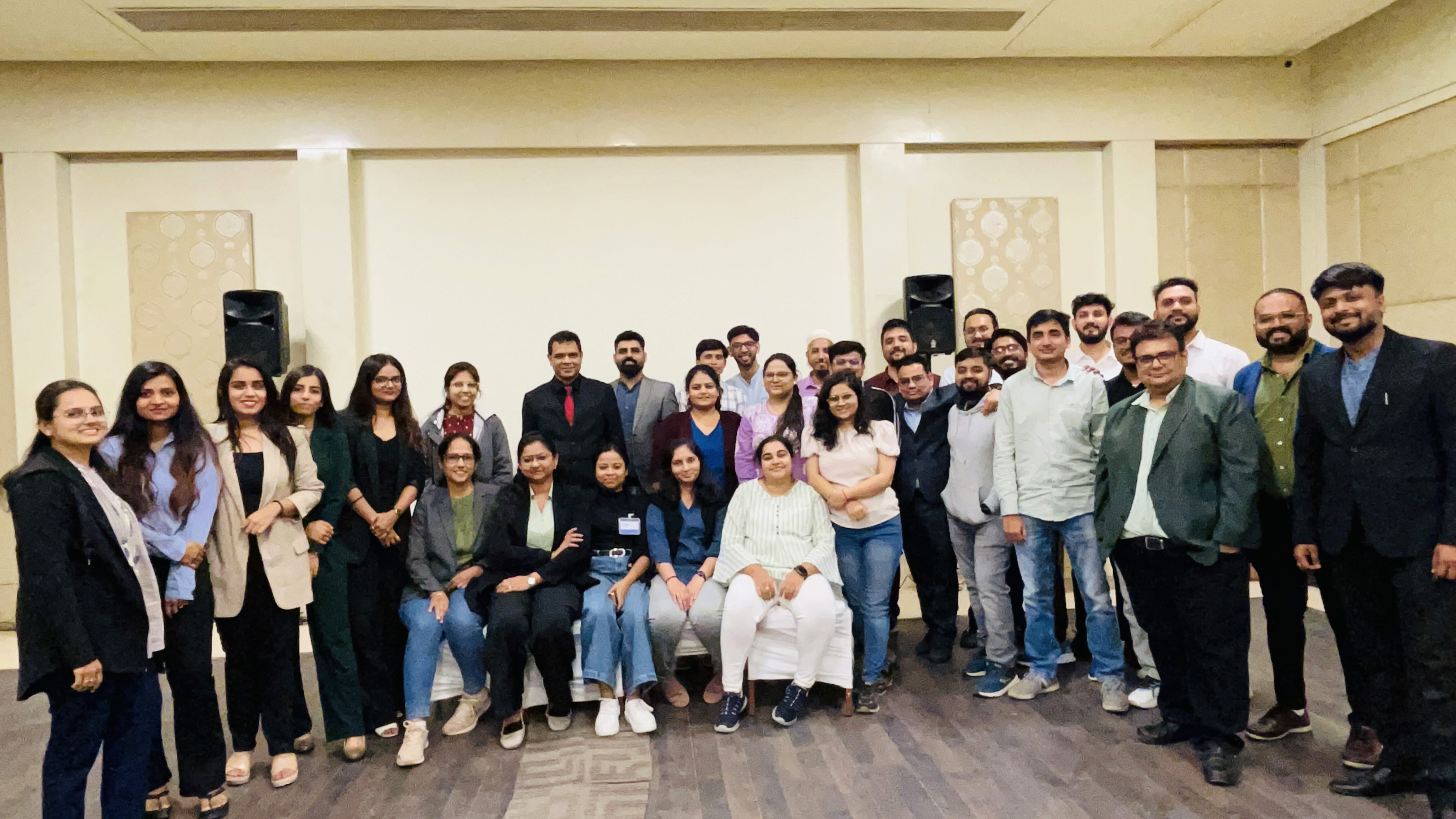Choosing the Right Language Model for Your NLP Project: A Comprehensive Comparison and Guide


TL;DR:
This blog post provides a comprehensive comparison and guide for choosing the language model for your NLP project. We covered popular models, such as BERT, GPT-2, RoBERTa, T5, and DistilBERT, highlighting their use cases and applications. We also compared the models based on architecture, pre-training methods, size, performance, and customizability. Additionally, we shared resources and tutorials for getting started with each model using the Hugging Face Transformers library. This article is a valuable resource for selecting and fine-tuning a language model to achieve optimal performance in your NLP project.
Introduction
Natural language processing (NLP) has made significant advancements in recent years thanks to the development of powerful language models. These models have transformed how we approach tasks such as text classification, sentiment analysis, machine translation, and more. In this article, we will help you choose the suitable language model for your NLP project by comprehensively comparing popular models and resources to get started.
Overview of Popular Language Models
1. BERT (Bidirectional Encoder Representations from Transformers)
BERT is a transformer-based model introduced by Google that focuses on bidirectional context to understand the language better. It revolutionized the field of NLP with its ability to capture complex language patterns.
Use cases and applications:
Text classification
Named entity recognition
Sentiment analysis
Question-answering
2. GPT-2 (Generative Pre-trained Transformer 2)
GPT-2 is a generative language model developed by OpenAI that has gained widespread attention for its ability to generate coherent and contextually relevant text. It is a transformer-based model designed for various NLP tasks.
Use cases and applications:
Text generation
Summarization
Machine translation
Conversational AI
3. RoBERTa (A Robustly Optimized BERT Pre-training Approach)
RoBERTa, developed by Facebook, is an optimized version of BERT that improves its training methodology, allowing for better performance on several NLP tasks.
Use cases and applications:
Text classification
Sentiment analysis
Named entity recognition
Question-answering
4. T5 (Text-to-Text Transfer Transformer)
T5 is another transformer-based model developed by Google that adopts a unique text-to-text approach, converting all NLP tasks into a text-to-text format, making it highly versatile.
Use cases and applications:
Text classification
Summarization
Translation
Question-answering
5. DistilBERT (Distilled version of BERT)
DistilBERT, created by Hugging Face, is a smaller, faster version of BERT that retains most of its original performance. It is ideal for applications with limited resources or requiring faster inference.
Use cases and applications:
Text classification
Named entity recognition
Sentiment analysis
Question-answering
Comprehensive Comparison of Language Models
Model architecture and design
All the mentioned models are based on the transformer architecture, which allows for efficient parallelization and superior performance in capturing long-range dependencies.
Pre-training methods and objectives
BERT and RoBERTa use masked language modelling, while GPT-2 and T5 employ autoregressive language modelling. DistilBERT follows the same pre-training as BERT but with a minor architecture.
Model size and computational requirements
GPT-2 and BERT have relatively large model sizes, while DistilBERT and T5 offer smaller variants. RoBERTa has a similar size to BERT but with an improved training methodology.
Performance on benchmark tasks and datasets
BERT, GPT-2, and RoBERTa have demonstrated state-of-the-art performance on various NLP tasks, while T5 and DistilBERT provide competitive results with reduced computational requirements.
Customizability and ease of fine-tuning
All models are highly customizable and can be fine-tuned to specific tasks with a suitable dataset and training setup.
Getting Started with Language Models
1. Setting up the environment and installing the necessary libraries
Ensure you have installed Python, a compatible GPU, and necessary libraries (PyTorch or TensorFlow). The Hugging Face Transformers library is crucial for working with these language models, as it provides pre-trained models and an easy-to-use API for fine-tuning and deploying them.
2. Hugging Face Transformers library overview
The Hugging Face Transformers library offers a user-friendly interface for working with popular transformer-based models, including BERT, GPT-2, RoBERTa, T5, and DistilBERT.
3. Fine-tuning models for specific tasks
To adapt a pre-trained model to your particular task, you'll need to fine-tune it using a custom dataset. This involves preparing your dataset, configuring the model and training hyperparameters, and training the model.
Fine-tuning BERT - https://huggingface.co/transformers/training.html
Fine-tuning GPT-2 - https://huggingface.co/blog/how-to-generate
Fine-tuning RoBERTa - https://huggingface.co/transformers/model_doc/roberta.html
Fine-tuning T5 - https://huggingface.co/transformers/model_doc/t5.html
Fine-tuning DistilBERT - https://huggingface.co/transformers/model_doc/distilbert.html
Tutorials and Resources for Each Language Model
BERT tutorials and resources
Official BERT GitHub repository: https://github.com/google-research/bert
Hugging Face BERT tutorial: https://huggingface.co/transformers/training.html
GPT-2 tutorials and resources
Official GPT-2 GitHub repository: https://github.com/openai/gpt-2
Hugging Face GPT-2 tutorial: https://huggingface.co/blog/how-to-generate
RoBERTa tutorials and resources
Official RoBERTa GitHub repository: https://github.com/pytorch/fairseq/tree/master/examples/roberta
Hugging Face RoBERTa tutorial: https://huggingface.co/transformers/model_doc/roberta.html
T5 tutorials and resources
Official T5 GitHub repository: https://github.com/google-research/text-to-text-transfer-transformer
Hugging Face T5 tutorial: https://huggingface.co/transformers/model_doc/t5.html
DistilBERT tutorials and resources
Official DistilBERT GitHub repository: https://github.com/huggingface/transformers/tree/master/examples/distillation
Hugging Face DistilBERT tutorial: https://huggingface.co/transformers/model_doc/distilbert.html
Conclusion
Selecting the language model for your NLP project is critical to ensure optimal performance and efficiency. We hope this article has comprehensively compared popular language models and resources to make an informed decision. Remember that continuous improvement and fine-tuning are essential for achieving the best results. By leveraging the resources and tutorials provided, you can tailor your chosen language model to meet the specific needs of your project and drive success in your NLP endeavours.

We are a family of Promactians
We are an excellence-driven company passionate about technology where people love what they do.
Get opportunities to co-create, connect and celebrate!
Vadodara
Headquarter
B-301, Monalisa Business Center, Manjalpur, Vadodara, Gujarat, India - 390011
Ahmedabad
West Gate, B-1802, Besides YMCA Club Road, SG Highway, Ahmedabad, Gujarat, India - 380015
Pune
46 Downtown, 805+806, Pashan-Sus Link Road, Near Audi Showroom, Baner, Pune, Maharashtra, India - 411045.
USA
4056, 1207 Delaware Ave, Wilmington, DE, United States America, US, 19806

Copyright ⓒ Promact Infotech Pvt. Ltd. All Rights Reserved

We are a family of Promactians
We are an excellence-driven company passionate about technology where people love what they do.
Get opportunities to co-create, connect and celebrate!
Vadodara
Headquarter
B-301, Monalisa Business Center, Manjalpur, Vadodara, Gujarat, India - 390011
Ahmedabad
West Gate, B-1802, Besides YMCA Club Road, SG Highway, Ahmedabad, Gujarat, India - 380015
Pune
46 Downtown, 805+806, Pashan-Sus Link Road, Near Audi Showroom, Baner, Pune, Maharashtra, India - 411045.
USA
4056, 1207 Delaware Ave, Wilmington, DE, United States America, US, 19806

Copyright ⓒ Promact Infotech Pvt. Ltd. All Rights Reserved